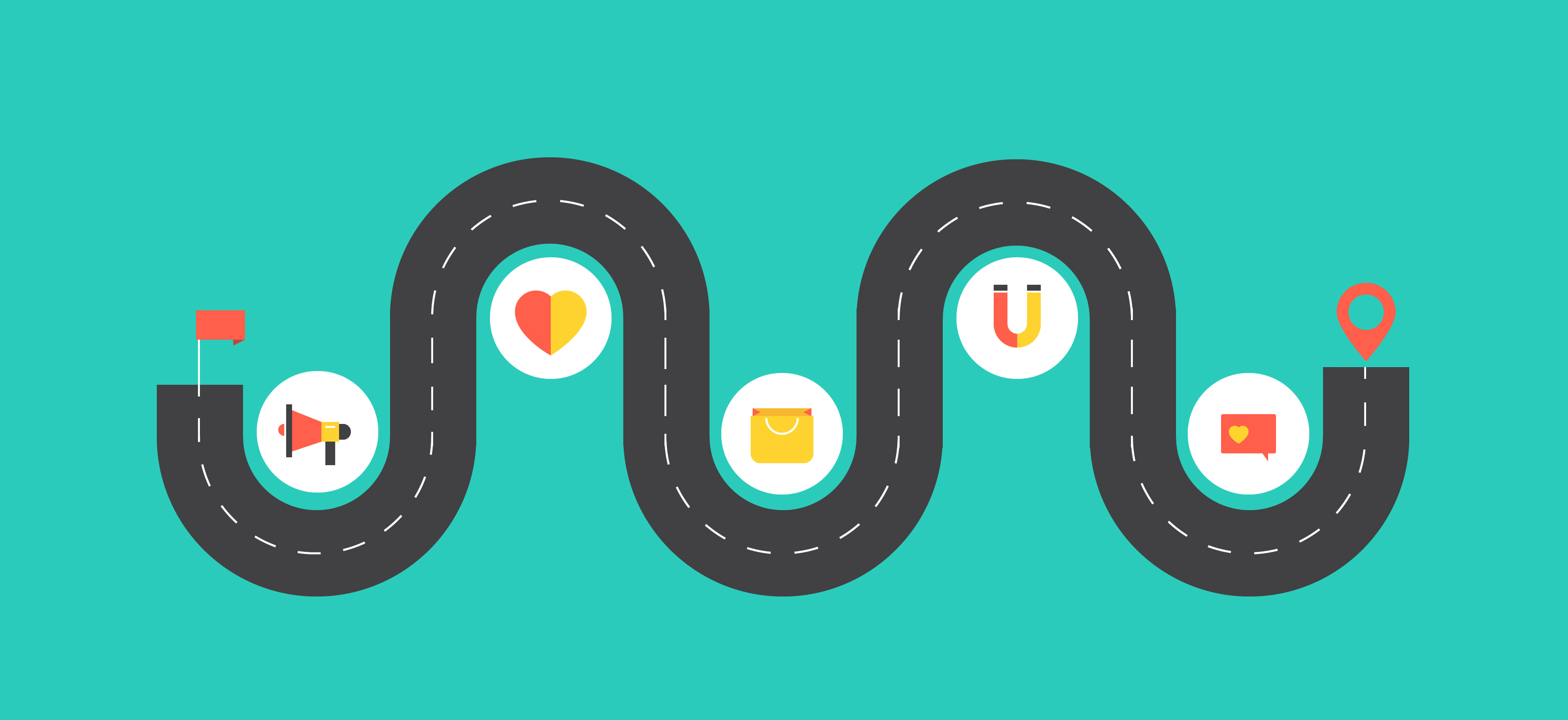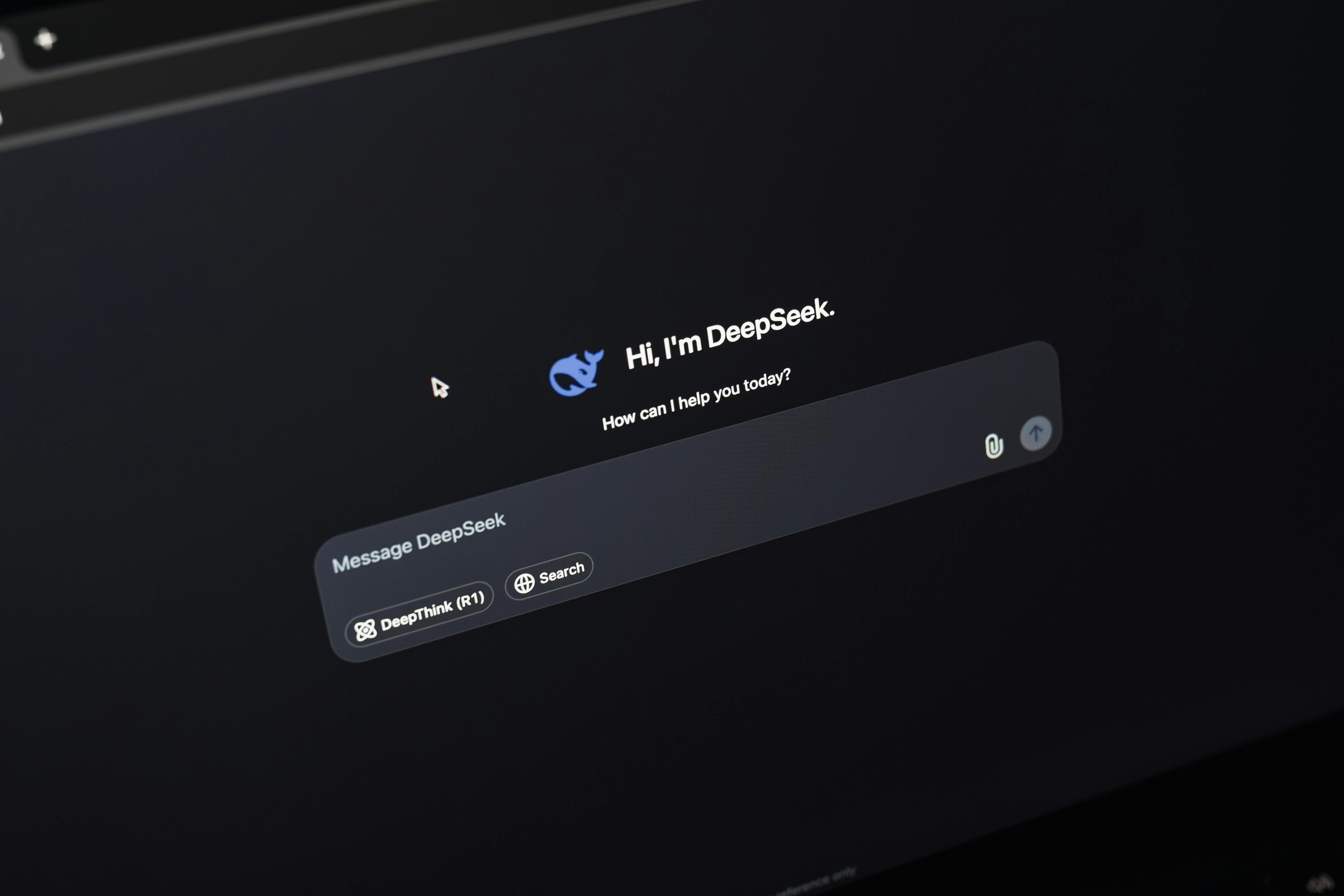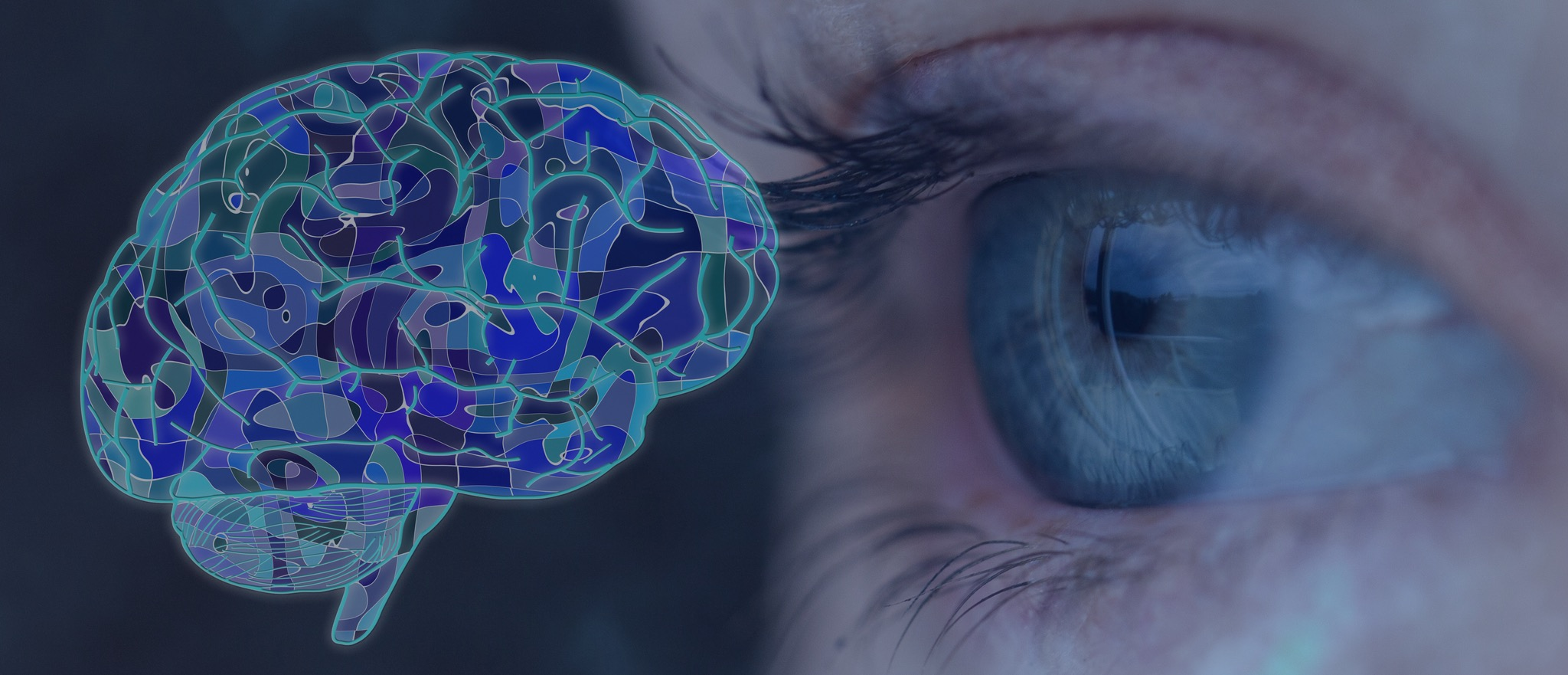Your messaging strategy is backwards. Here’s why and how to fix it.
I was presenting our latest research to a B2B software CMO when she stopped me mid-sentence:
“Wait, you’re telling me I should use different messaging in LinkedIn ads versus my landing pages? Even for the same campaign?”
“Absolutely,” I said. “Because your prospects are using completely different brains.”
The confused look on her face told me everything. Most marketing teams are still treating messaging like a one-size-fits-all solution, not realizing that the brain processing a LinkedIn ad in a crowded feed operates fundamentally differently than the brain reading a landing page after someone clicks with clear intent.
This is the Channel Brain Map — and it’s revolutionizing how smart marketers deploy neuroscience across customer journeys.

Here’s what most marketing teams get wrong: They optimize messaging for System 2 thinking across every channel.
Detailed value propositions. Rational benefits. Feature comparisons. Logical sequences.
But here’s what neuroscience reveals: 95% of decisions happen using System 1 — the fast, automatic, subconscious brain that processes 11 million bits of information per second.
The problem? Different channels require different cognitive systems.
When someone scrolls LinkedIn during their commute, they’re in System 1 mode — scanning, filtering, making split-second attention decisions. But when they click through to your landing page, they’ve declared intention and shifted into System 2 — analytical, deliberate, comparison-ready.
Using System 2 messaging in System 1 channels is like speaking French to someone who only understands Spanish. They might get the general idea, but you’ll never create real connection.
This breakthrough came from a project with an enterprise software company struggling with inconsistent campaign performance. Their attribution showed strong click-through rates but terrible conversion rates.
Traditional analysis blamed the landing page. We suspected something deeper.
Using our NeuroCX methodology, we tested their messaging with a simulated buying committee, measuring both explicit feedback and implicit psychological responses.

The revelation was stunning:
System 1 Testing (Implicit Response):
System 2 Testing (Post-Click Analysis):
The disconnect was killing conversions. Great System 1 messaging was attracting attention, but failing System 2 evaluation after the click.

We developed a framework that maps every touchpoint to the cognitive system your prospect is actually using:
System 1 Channels: Attention-Grabbing Territories
When to Use: Crowded spaces where attention is scarce and decisions happen in milliseconds
Channel Examples:
System 1 Messaging Principles:
System 2 Channels: Intention-Declared Territories
When to Use: After someone has shown clear intent and cognitive availability
Channel Examples:
System 2 Messaging Principles:
The Challenge: A cybersecurity company with great brand awareness but poor conversion rates
The Problem: They were using the same detailed, feature-heavy messaging everywhere — from LinkedIn ads to landing pages to sales presentations.

Our Approach:
The Results:
Here’s our proven process for mapping messaging to cognitive systems:
Phase 1: Cognitive Channel Audit
Map every touchpoint by cognitive state:
System 1 Evaluation:
System 2 Evaluation:
Phase 2: Buying Committee Testing
Test with simulated decision-makers:
Phase 3: Channel-Optimized Messaging
Develop messaging for each cognitive territory:
System 1 Messaging Elements:
System 2 Messaging Elements:
Phase 4: Deployment Strategy
Strategic placement across channels:
Traditional Approach: Create one message → Deploy everywhere → Hope it works
Channel Brain Approach: Map cognitive territories → Optimize for each brain system → Deploy strategically → Measure psychological impact
While your competitors use the same messaging everywhere, you can:
Capture More Attention System 1-optimized messaging in crowded channels significantly outperforms rational appeals
Convert More Intent System 2-optimized post-click experiences provide the rational justification emotional decisions need
Shorten Sales Cycles Prospects arrive emotionally primed and rationally informed, reducing friction at every stage
Improve Attribution Accuracy Understanding cognitive handoffs reveals the real customer journey, not just trackable touchpoints
Week 1–2: Discovery & Mapping
1. Cognitive Channel Audit Map every customer touchpoint by cognitive state and attention availability
2. Message Architecture Review Identify where you’re using System 2 messaging in System 1 channels (and vice versa)
Week 3–4: Testing & Optimization
3. Buying Committee Simulation Test current messaging with key personas using both implicit and explicit methodologies
4. System 1 Message Development Create attention-grabbing, emotionally resonant alternatives for crowded channels
5. System 2 Message Enhancement Develop rational, proof-heavy content for post-intention touchpoints
Week 5–6: Deployment & Measurement
6. Strategic Channel Deployment Roll out brain-appropriate messaging across mapped touchpoints
7. Cognitive Journey Analytics Track emotional engagement and rational progression, not just conversion metrics
8. Continuous Optimization Refine based on psychological impact and business results
The Channel Brain Map reveals attribution blind spots:
What You’ll Discover:
AI agents are accelerating this trend faster than most realize. Recent Fortune reporting reveals that Amazon.com became the most frequently visited domain referred from ChatGPT’s search function, accounting for 9.13% of all traffic. As one CMO put it: “Until recently, digital marketing was all about winning the clicks. With the rise of LLMs, it is now all about winning the mentions.”
When ChatGPT recommends your brand, that’s a System 1 moment of borrowed trust and social proof. When someone clicks through to investigate, that’s System 2 evaluation territory. But here’s what most miss: the cognitive handoff between AI mention and human evaluation is where most conversions are won or lost.
The marketers who understand these cognitive handoffs will dominate customer acquisition in the AI era. While competitors scramble to optimize for “mentions,” you’ll be strategically mapping every touchpoint to the actual brain processing it.
Short-term (Next 30 Days): Audit your top 5 channels and identify cognitive mismatches in your messaging strategy
Medium-term (60–90 Days): Develop and test System 1 and System 2 messaging variants for key touchpoints
Long-term (6+ Months): Build Channel Brain Mapping into your standard campaign development process
While everyone else scrambles to “win mentions” using outdated approaches, you’ll treat messaging as cognitive strategy.
This isn’t about A/B testing headlines or optimizing for generic “brand storytelling.” It’s about understanding which brain is processing your message — whether it’s an AI agent doing pattern matching or a human in evaluation mode — and optimizing for actual decision-making psychology.
As one marketing expert recently told Fortune: “This is your new digital billboard. If your company isn’t correctly represented, AI will fill in the blanks often inaccurately.” But representation is just the beginning. The real advantage comes from mapping cognitive territories and deploying brain-appropriate messaging across every touchpoint.
The companies that master Channel Brain Mapping will capture disproportionate attention and convert it more efficiently than competitors still using one-message-fits-all approaches.
Channel Brain Assessment: Get a free cognitive audit of your top touchpoints and discover where messaging mismatches are costing you conversions. Get your analysis.
System 1 vs System 2 Workshop: Join our intensive session where we’ll show you exactly how to develop and deploy brain-appropriate messaging across every channel. Reserve your spot.
Complete Channel Brain Strategy: Ready to transform your entire messaging approach using neuroscience? Let’s develop your custom Channel Brain Map and deployment strategy. Book a strategy session.
Weekly Channel Brain Insights: Join 4,000+ marketing leaders getting actionable strategies for optimizing messaging across cognitive territories. Subscribe for weekly insights.
Because when you match your message to the brain that’s actually processing it, every touchpoint becomes a competitive advantage.
What cognitive mismatches have you discovered in your channel strategy? Reply and share your biggest “aha moment” — I’m tracking the most common Channel Brain gaps for future insights.
Ready to revolutionize your messaging strategy? Share this with a marketing leader who’s tired of one-size-fits-all approaches to customer communication.
